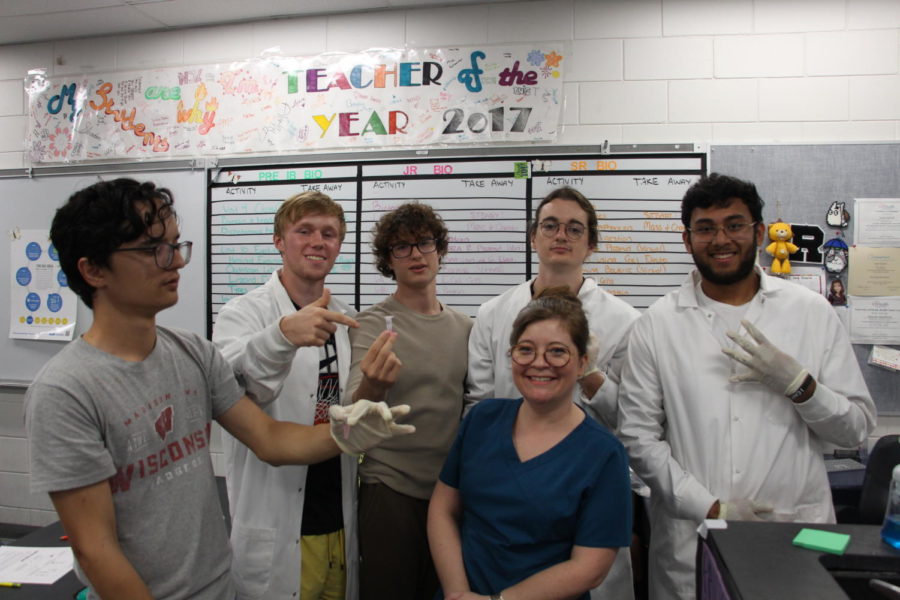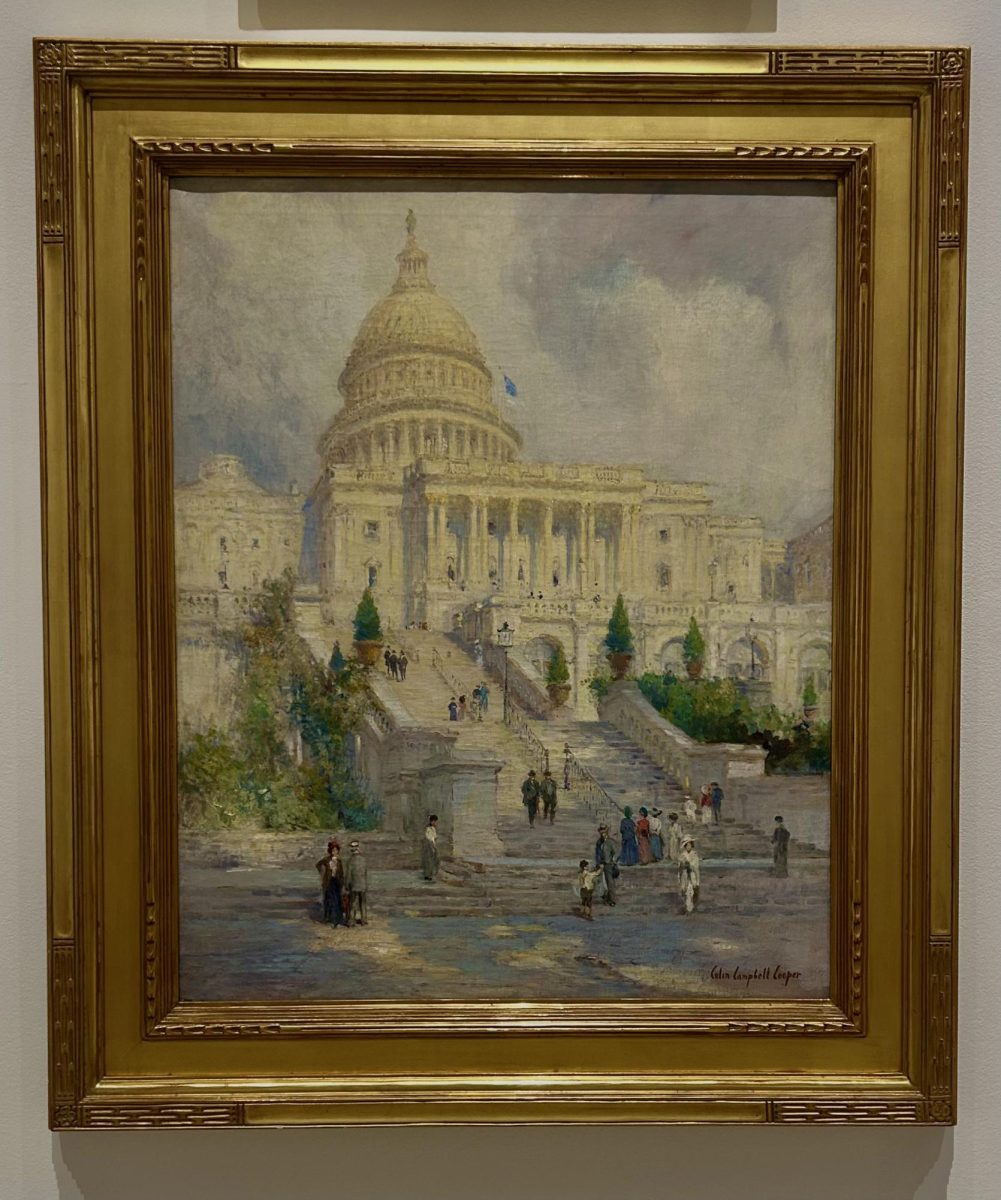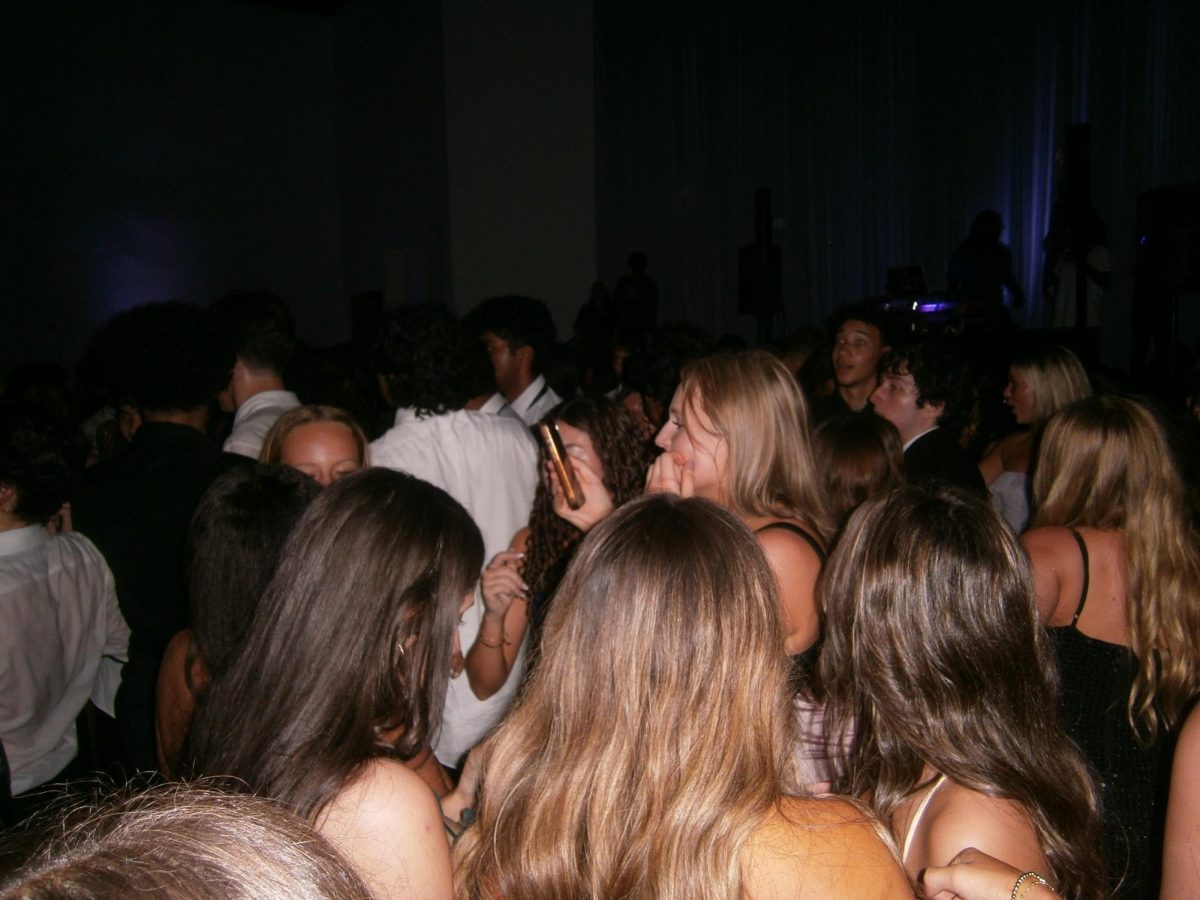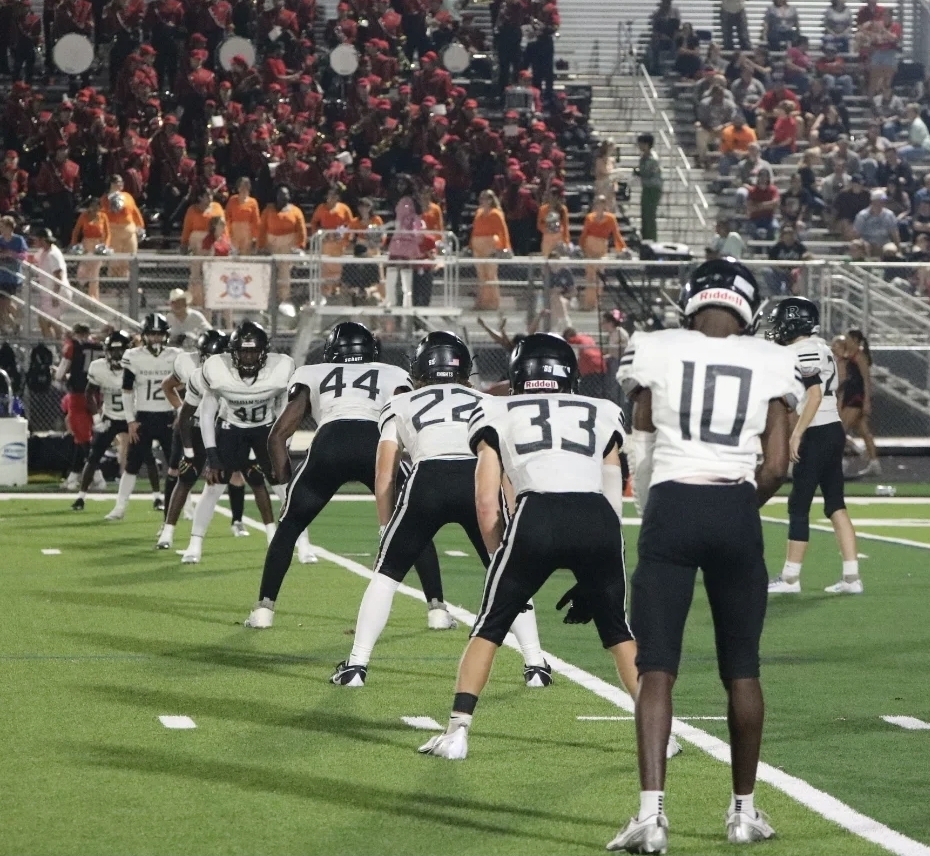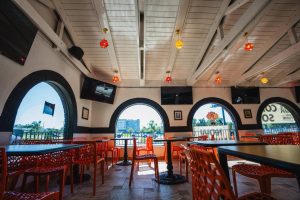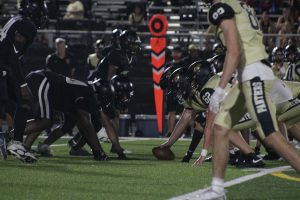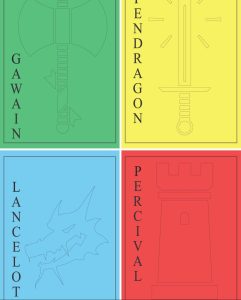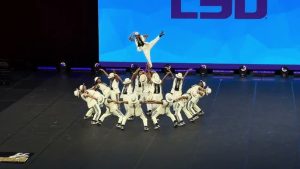Students Take on Biotechnology in Sanford’s Bio Class
A new series of labs debuts this year with wide-reaching applications.
April 13, 2022
Recently, the junior and senior students of Sarah Sanford’s SL biology classes have donned white lab coats and safety goggles to undertake one of their most interesting labs to date: using biotechnology to synthesize functional proteins from genetically modified E.coli bacteria.
This sounds complex, and it truly has been, from planning to execution. As Sanford put it:
“This is a series of labs sponsored by Amgen Technology and USF, where they lend us the equipment to do bacterial transformation. I started this process four years ago: I had to start training at USF to use all the equipment, and then the past two years, the pandemic has really prevented us from using the equipment. So this is the first year that we’ve actually gotten it to work, and I’m super excited.”
Walking into the classroom, one can see rows of students carefully transferring the contents of vials into separatory funnels, slowly moving from one to another with a micro-pipette in hand. In the first part of this lab, students took DNA provided by Amgen Technology and used enzymes to isolate an RFP gene, or section of DNA, which codes for the production of a fluorescent pink protein. To make sure they “cut” the DNA in the correct place, students use a process called gel electrophoresis to visually see where the gene has been removed from.
Once everything is in place, the sections of DNA (now considered “plasmids”) are taken back to USF for further processing.
“I take that plasmid and I give it back to USF, they insert it into E.coli bacteria and culture it (…) hopefully we’ll be doing that step here next year,” Sanford explained.
The resultant bacteria, now genetically modified, is given back to the students, which then go about the process of isolating the pink protein produced by the E.coli bacteria. Now while this all might seem like needlessly complex testing, there is a real-world connection.
“This process is meant to mimic the production of insulin; this is exactly how we produce medical-grade insulin. It’s a series of biotechnology labs to teach them how to use modern-day processes to create medicine,” Sanford clarified.
For the students, it’s been an equally engaging and rewarding experience, as well as educational.
“This is a very interactive activity. We’re having a lot of fun, and learning at the same time,” Diego Hernandez Nunez (’23) said.
“It’s really fun to learn how to use actual scientific equipment (…) that scientists use in the field, like a micro-pipette, that you wouldn’t normally use in a biology classroom. We’re really reaching beyond the textbook,” Drew Zacharias (’23) commented.
Sanford is looking to continue this lab for both juniors and seniors in her SL biology class for the coming years, as a way to not only provide students with hands-on experience using tools and practices of biotechnology, but also to show how materials and techniques learned in the course, and science, in general, can have meanings and connections that reach far beyond the classroom.

